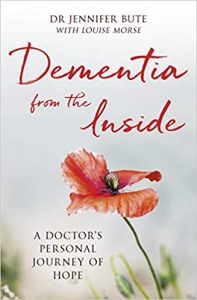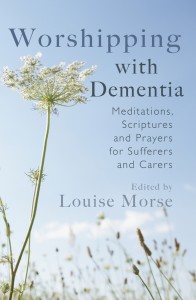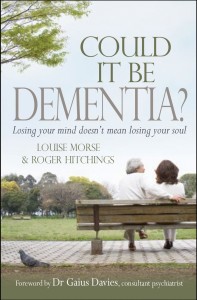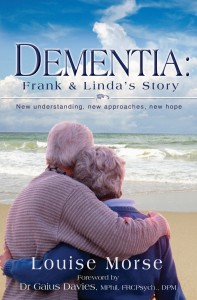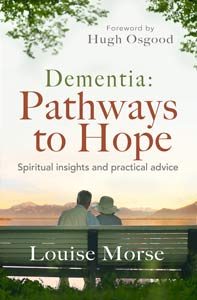
The University of Suffolk is investigating photo-frames with voice recording, a newish technology that could be life changing in caring for people living with dementia (PLWD). No, it isn’t a cure, but it’s something that could bring reassurance and avoid the agitation that prompts antipsychotic prescribing. It could also be a boon for hard-pressed caregivers. Called, ‘Snap Chat Boxes,’ the project is being funded by a £50,000 grant from Innovate UK, which is part of government body UK Research and Innovation (UKRI). It could have transformed the care my friend David, living with dementia, received after being admitted to hospital after a bad fall.
Those living with dementia look to their primary caregiver to help make sense of the world around them and to protect them. Separation anxiety is common in dementia, and it can be very hard on the caregiver. When the caregiver is not in sight, someone with dementia can feel lost, anxious, and scared. Separation anxiety may be especially strong in married couples who have been together for years. David’s wife Pam (names changed) first experienced it publicly on the bus taking them home from town. Although she was sitting next to him. David didn’t see her and called out loudly in distress, ‘Pam, Pam!’
Being in hospital is especially stressful for a patient with dementia. It can lead to agitation and attempts to push staff away, so they are prescribed antipsychotic drugs to make them less anxious, even though these drugs are known to be harmful to people living with dementia.
All his life David had been a calm, ‘gentle giant,’ and this didn’t change when he developed dementia. So when he went into hospital Pam was astonished to be told by nurses on the ward that he would become agitated and shout at them, hitting out and trying to push them away. When did that happen, she asked. Always when they were trying to help him, especially in the morning when they were getting him up and changed and ready for breakfast. Pam explained that because of his dementia his brain wasn’t interpreting properly and couldn’t make sense of these strangers who seemed to be attacking him and trying to remove his pyjamas. She suggested approaching him more slowly, perhaps by sitting next to him and taking his hand and saying, ‘good morning, David, we’re Jenny and Beth, nurses come to help you get dressed and out of bed. Pam phoned to say good morning, and has asked us to help you.’
This is where a Snap Chat Box would have been helpful. Pam could have recorded a handful of messages for different occasions, including for morning wake-up. It could save time, too, as the NHS doesn’t have enough nurses, and they are always under pressure to get their work done. The ‘play’ button could be pushed before they begin, and perhaps prevent the agitation kicking in.
It could be helpful, too, for older people living alone. Family could load it with their pictures and tapes. A daughter’s message, for example, could contain a reminder to take their medication.
I can see the technology developing and becoming Wi-Fi connected so that friends and family could send messages to the snap frame. ‘Hi Grandma, here’s a photograph of Sammy and his soccer team with their winner’s cup!’ would surely make her smile all day. It would help combat loneliness!









